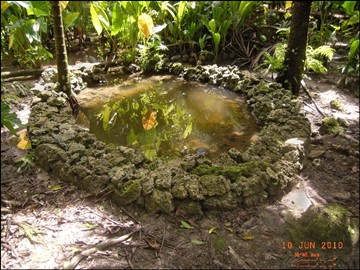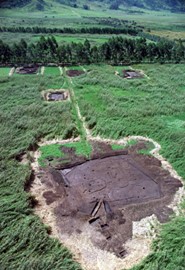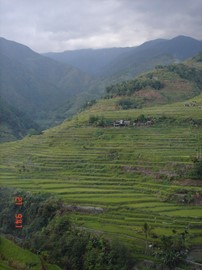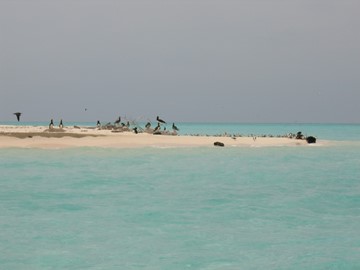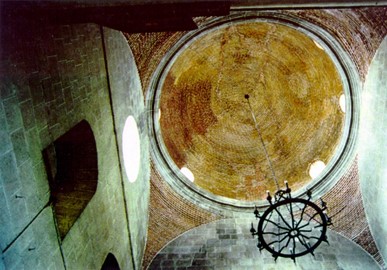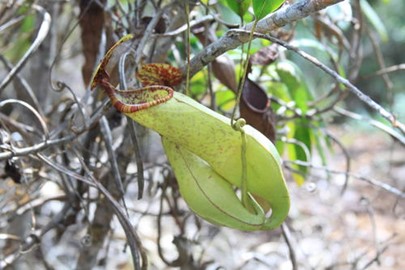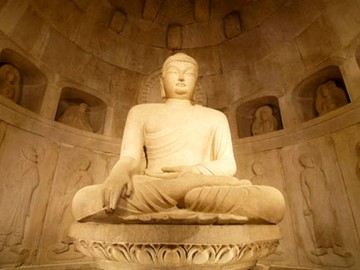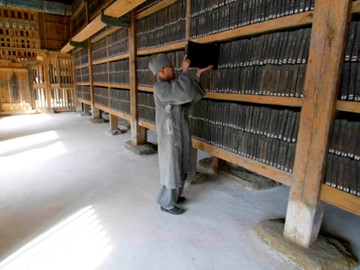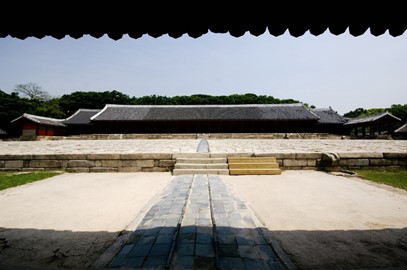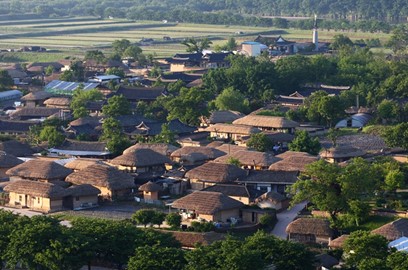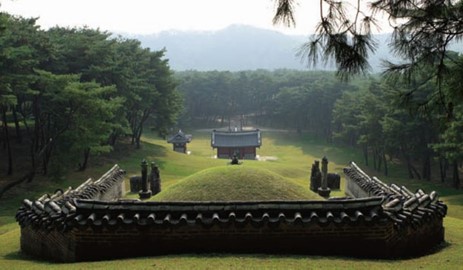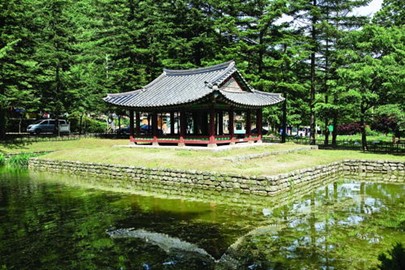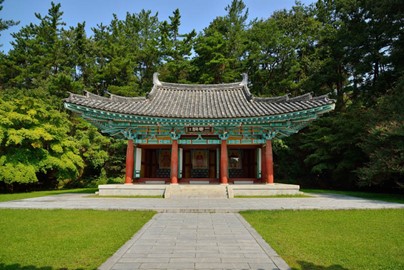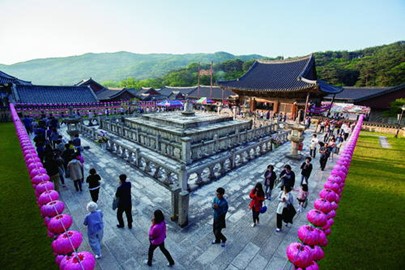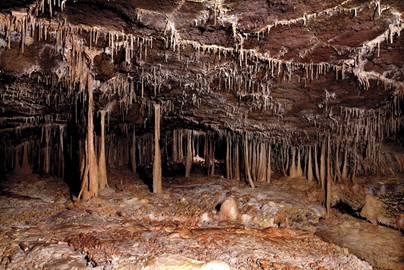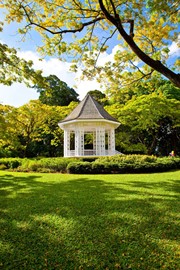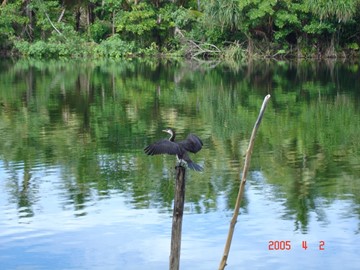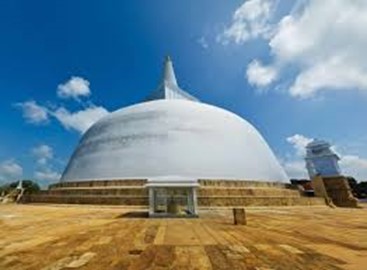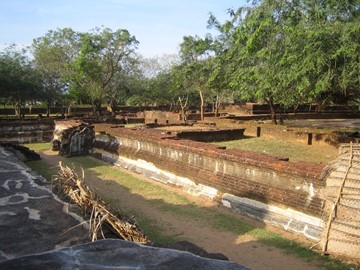region :: asia and the pacific
Rock Islands Southern Lagoon
Rock Islands Southern Lagoon, a UNESCO World Heritage site in Palau, is a stunning marine landscape featuring over 400 limestone islands covered in lush vegetation, surrounded by turquoise waters and vibrant coral reefs. This unique ecosystem supports an extraordinary biodiversity, including diverse marine life, rare species like the dugong, and extensive seagrass beds. Its geological formations, shaped by ancient coral reefs and erosion, offer a glimpse into millions of years of natural history. The site a... Read More
Kuk Early
The Kuk Early Agricultural Site, a UNESCO World Heritage site in Papua New Guinea, spans 116 hectares of swamps in the western highlands, situated 1,500 meters above sea level. Archaeological evidence reveals it as one of the world’s earliest examples of independent agricultural development, with wetland reclamation and cultivation practices dating back 7,000 to possibly 10,000 years. The site showcases a significant technological shift from plant exploitation to organized agriculture around 6,500 years ago... Read More
Vigan
Vigan, a UNESCO World Heritage site in the Philippines, is a remarkably well-preserved example of a Spanish colonial town, showcasing a unique blend of Asian and European architectural influences. Established in the 16th century, its cobblestone streets, historic houses, and grand cathedral reflect a rich cultural heritage shaped by trade and colonization. The city’s urban planning and traditional structures, largely intact, offer a glimpse into its past as a key trading hub. Today, Vigan stands as a living... Read More
Puerto Princesa Subterranean River
The Puerto-Princesa Subterranean River, a UNESCO World Heritage site in the Philippines, is a stunning natural wonder featuring a navigable underground river that stretches over 8 kilometers through a vast limestone cave system. This unique ecosystem boasts dramatic karst landscapes, pristine waters, and a rich biodiversity, including rare species like the Philippine cockatoo and monitor lizard. Visitors can explore the river by boat, marveling at its towering stalactites and stalagmites, while its global s... Read More
Rice Terraces of the Philippines
The Rice Terraces of the Philippine Cordilleras, a UNESCO World Heritage site, are an architectural marvel created by the Ifugao people over 2,000 years ago. These hand-carved terraces, built into steep mountainsides, demonstrate remarkable engineering skill and sustainable farming practices, utilizing an intricate irrigation system that harnesses water from the forests above. Often called the 'Eighth Wonder of the World,' they reflect a harmonious blend of human ingenuity and natural landscape, preserved t... Read More
Tubbataha Reefs
Tubbataha Reefs Natural Park, a UNESCO World Heritage site in the Philippines, is a pristine marine sanctuary renowned for its exceptional biodiversity. Located in the Sulu Sea, it features vibrant coral reefs, diverse marine species, and serves as a critical habitat for endangered sea turtles and seabirds. This protected area is a globally recognized gem, attracting researchers and divers to its rich underwater ecosystem.
Baroque Churches
The Baroque Churches of the Philippines, recognized as a UNESCO World Heritage site, exemplify a unique fusion of European Baroque architecture and local Filipino craftsmanship. Constructed between the 16th and 18th centuries during Spanish colonial rule, these churches feature robust stone structures designed to withstand earthquakes, adorned with intricate carvings and ornate interiors. They stand as significant cultural and historical landmarks, reflecting the spread of Christianity and the architectural... Read More
Mount Hamiguitan
Mount Hamiguitan, a UNESCO World Heritage site in the Philippines, is renowned for its unique biodiversity and stunning natural landscapes. This protected sanctuary hosts a variety of rare and endemic species, including the Philippine eagle and the pitcher plant, thriving within its diverse ecosystems ranging from lowland forests to montane shrublands. The mountain's pygmy forest, one of the few in the world, adds to its ecological significance, making it a critical site for conservation and scientific stud... Read More
Seokguram Grotto and Bulguksa Temple
Seokguram Grotto and Bulguksa Temple, a UNESCO World Heritage site, exemplify Korea's rich Buddhist heritage and architectural prowess. The grotto, an artificial cave carved into granite, houses a serene Buddha statue surrounded by intricately sculpted bodhisattvas, showcasing exceptional 8th-century artistry. Adjacent Bulguksa Temple, a wooden complex, reflects harmonious design with its elevated platforms, ornate pagodas, and tranquil courtyards, embodying spiritual and aesthetic ideals of the era. Togeth... Read More
Haeinsa Temple
Haeinsa Temple, a UNESCO World Heritage site in South Korea, is renowned for its historical and cultural significance as a center of Korean Buddhism. Founded in 802 CE during the Silla Dynasty, it houses the Tripitaka Koreana, an extraordinary collection of over 81,000 wooden printing blocks inscribed with Buddhist scriptures, completed in the 13th century. The temple's Janggyeong Panjeon, a specially designed storage facility, has preserved these blocks for centuries, showcasing remarkable architectural in... Read More
Jongmyo Shrine
Jongmyo Shrine, a UNESCO World Heritage site in Korea, is a Confucian royal ancestral shrine dedicated to commemorating the deceased kings and queens of the Joseon Dynasty. Constructed in 1394 during King Taejo’s reign, it embodies traditional East Asian architectural principles and houses the spirit tablets of royalty in a serene, ritual-focused setting. The shrine hosts the Jongmyo Jerye ceremony, an ancient Confucian rite featuring music and dance, recognized as an Intangible Cultural Heritage. Its histo... Read More
Changdeokgung Palace
Changdeokgung Palace, a UNESCO World Heritage site in Korea, is a beautifully preserved example of Joseon Dynasty architecture, renowned for its harmonious blend with the natural landscape. Constructed in 1405 as a secondary palace, it became the primary royal residence after the destruction of Gyeongbokgung. The palace features elegant structures like Injeongjeon (the main hall) and Seonjeongjeon (the king’s office), alongside the serene Huwon (Secret Garden), showcasing traditional Korean design and royal... Read More
Hwaseong Fortress
Hwaseong Fortress, a UNESCO World Heritage site in Korea, is a remarkably preserved example of late 18th-century military architecture built during the Joseon Dynasty under King Jeongjo’s reign. Constructed between 1794 and 1796, it showcases a blend of Eastern and Western design influences, featuring defensive walls, gates, and towers engineered for both functionality and aesthetics. The fortress was originally designed to protect a new capital city and honor the king’s father, reflecting its historical an... Read More
Gyeongju
This UNESCO World Heritage site in South Korea encompasses a remarkable concentration of ancient temples, palaces, and royal tombs from the Silla Kingdom, which ruled from 57 BCE to 935 CE. Spanning multiple zones, it features well-preserved archaeological treasures like stone pagodas, Buddhist relics, and intricate rock carvings that showcase the kingdom’s architectural prowess and spiritual heritage. Visitors can explore sites that reflect a blend of natural beauty and historical significance, offering a ... Read More
Gochang, Hwasun and Ganghwa
The Gochang, Hwasun, and Ganghwa Dolmen Sites, recognized as a UNESCO World Heritage site in 2000, represent an exceptional collection of prehistoric megalithic tombs from the first millennium BCE. These sites showcase hundreds of dolmens—stone structures used as grave markers and for rituals—highlighting the advanced stonework and societal organization of the Bronze Age Megalithic Culture on the Korean Peninsula. With over 35,000 dolmens, Korea holds nearly 40% of the world’s total, and these locations pre... Read More
Hahoe and Yangdong
Hahoe and Yangdong, recognized as a UNESCO World Heritage site, are historic villages in Korea that exemplify traditional Confucian culture from the Joseon Dynasty. These well-preserved settlements showcase distinctive architecture, including thatched-roof houses and tiled-roof residences for the nobility, reflecting the social hierarchy of the era. The villages highlight traditional living patterns, with layouts designed to harmonize with the natural landscape, and they preserve cultural practices like fol... Read More
Royal Tombs of the Joseon
The Royal Tombs of the Joseon Dynasty, a UNESCO World Heritage site in Korea, are a collection of mausoleums built between the 15th and 20th centuries to honor the Joseon rulers and their families. These tombs exemplify traditional Confucian burial practices, featuring carefully designed layouts with stone statues, ceremonial pavilions, and natural landscapes that reflect harmony between architecture and nature. Recognized for their historical and cultural significance, they offer insight into the dynasty’s... Read More
Namhansanseong
Namhansanseong, a UNESCO World Heritage site in Korea, is a historic mountain fortress renowned for its well-preserved 17th-century architecture and strategic design. Constructed during the Joseon Dynasty, it served as a temporary capital and military stronghold, blending natural terrain with defensive walls and gates. The site reflects Korea’s historical resilience and ingenuity, offering insights into its cultural and military heritage. Today, it stands as a testament to the nation’s past, attracting visi... Read More
Baekje
The Baekje Historic Areas, a UNESCO World Heritage site in South Korea, encompass a collection of archaeological sites that showcase the rich history and culture of the Baekje Kingdom (18 BCE–660 CE). These well-preserved sites, including royal tombs, fortresses, and temples, highlight the kingdom’s sophisticated architecture, urban planning, and Buddhist influences. They also reflect Baekje’s role as a key player in East Asian cultural exchange, evident in its artistic and technological advancements. This ... Read More
Sansa, Buddhist Monasteries
Sansa, Buddhist Mountain Monasteries in Korea, is a UNESCO World Heritage site comprising seven temples established between the 7th and 9th centuries. These monasteries, known for their historical and cultural significance, reflect the development of Korean Buddhism and its integration with the natural landscape. They feature traditional architecture, including prayer halls and meditation spaces, and have served as active centers for Buddhist practice for centuries. This designation highlights their outstan... Read More
Jeju
Jeju Volcanic Island and Lava Tubes, a UNESCO World Heritage site, is renowned for its exceptional geological features, including a well-preserved system of lava tubes formed by volcanic activity thousands of years ago. The site showcases dramatic volcanic landscapes, such as the Geomunoreum lava tube system and the prominent Hallasan Mountain, a shield volcano with a crater lake at its summit. These natural wonders highlight the region’s unique biodiversity and provide valuable insights into volcanic proce... Read More
Singapore Botanic Gardens
The Singapore Botanic Gardens, a UNESCO World Heritage site, is a historic tropical garden renowned for its extensive collection of plants and significant contributions to botanical research. Established in 1859, it features beautifully landscaped gardens, including the National Orchid Garden, which houses over 1,000 orchid species and 2,000 hybrids. This serene oasis serves as a vital green space, offering educational programs and conservation efforts that highlight its global importance in horticulture an... Read More
East Rennell
East Rennell, located in the Solomon Islands, is a UNESCO World Heritage site renowned for being the largest raised coral atoll in the world. This remote location hosts a rich biodiversity, including unique species of birds, bats, and invertebrates, thriving within its dense forest and extensive lake system. The site holds significant cultural value to the local Polynesian population, who maintain traditional practices tied to the land and its resources. Its natural beauty and ecological importance make it ... Read More
Anuradhapura
Anuradhapura, a UNESCO World Heritage site in Sri Lanka, is an ancient city renowned for its historical and cultural significance. Founded in the 4th century BCE, it served as the island's first capital and a major center of Buddhism, featuring impressive stupas, monasteries, and the sacred Sri Maha Bodhi tree, grown from a cutting of the tree under which Buddha attained enlightenment. The site also showcases advanced ancient engineering through its well-preserved irrigation systems and reservoirs. Today, i... Read More
Polonnaruwa
Polonnaruwa, a UNESCO World Heritage site in Sri Lanka, is an ancient city renowned for its well-preserved ruins and historical significance as a medieval capital. Established in the 11th century, it features impressive architectural remains, including royal palaces, temples, monasteries, and intricately carved statues, such as the famous Gal Vihara rock reliefs. The site also showcases advanced irrigation systems, reflecting the engineering prowess of its time. Today, it stands as a testament to Sri Lanka’... Read More
